AI WEIWEI’S HUMAN FLOW IS PROBABLY ONE OF THE MOST AMBITIOUS DOCUMENTARIES ABOUT THE MIGRANT CRISIS EVER MADE
While other works that delve into the same issue approach this global dilemma with different methods and at smaller scales, typically by following a specific group of immigrants or exploring one particular camp, Human Flow visits 23 camps around the world (although not all of them made it to the final edit). But despite being 140 minutes long, the film cannot tell all the stories Ai Weiwei pursued throughout the project. The risk of having such colossal content is the unwieldy structure of the film itself. In a sense, Human Flow attempts to tell too many stories, picking up on different issues, taking viewers to see as much as it can. Unfortunately, the film is unable to go into enough detail when it comes to certain subject matter, so viewers end up seeing the Syrian immigrants but cannot really fathom the crisis that has brought them to where they are.
One of the scenes in the movie is an interview with a female staff member at a refugee camp in Germany. “Here, we don’t just give them food and shelter. The most important thing is to make them feel like a human being, not just one among the millions that came into Europe.” What’s interesting is how such statement depicts not just the immigrants living in the camp, but the film itself. The documentary is so focused on capturing the big picture of the crisis that it glides over the surface, showing us only a glimpse of these immigrants, but doesn’t really give us the time to see the actual human beings. Viewers are left to see the ‘waves’ in terms of the broad perspective but never get a chance to see a close-up of the ‘water.’


But perhaps that’s (unintentionally) both the strong and weak points of the film, simply because as many expect to see the human status being given back to the immigrants, it makes us question how many descriptions of ‘human beings’ we can define and imagine? Most of the time, documentaries of this nature use interviews to tell their story including what each person did and where they hailed from before this entire predicament. But presenting a family tree doesn’t necessarily make a person more human, for such limited depiction gives birth to the kind of human being that does nothing but guarantee that a film has a human protagonist. It’s a convention, a laurel we rest ourselves on as we go on to focus on their pre-immigrant status and forget that some of the people had never even experienced a life before migration.
Human Flow depicts the greatness of both the budget and Ai Weiwei’s ambition. How many filmmakers would be able to create a documentary that talks about this issue at such a large scale with the ability to physically explore the situations in this many countries and gain access to such large amounts of information? While many criticize the film for its shallowness, for the depth of a film is something they glorify, what might have been forgotten is that broadness has its own upsides. And while Human Flow is not a film of great depth, it is a great film for the breadth it captures.
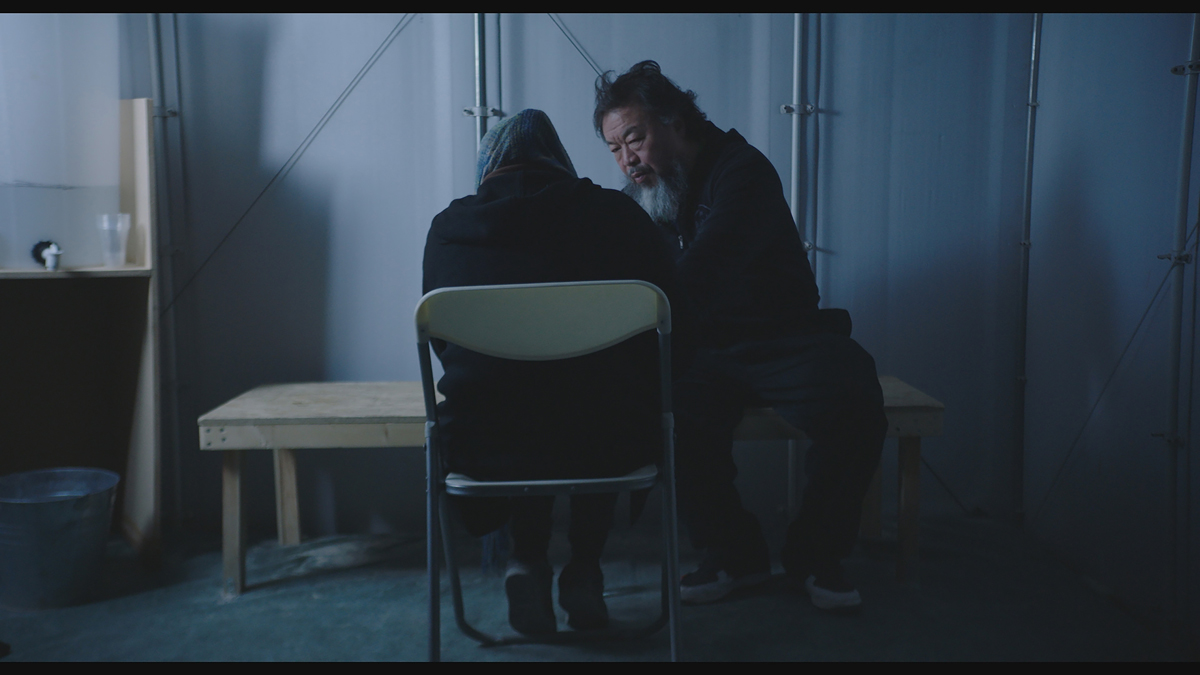
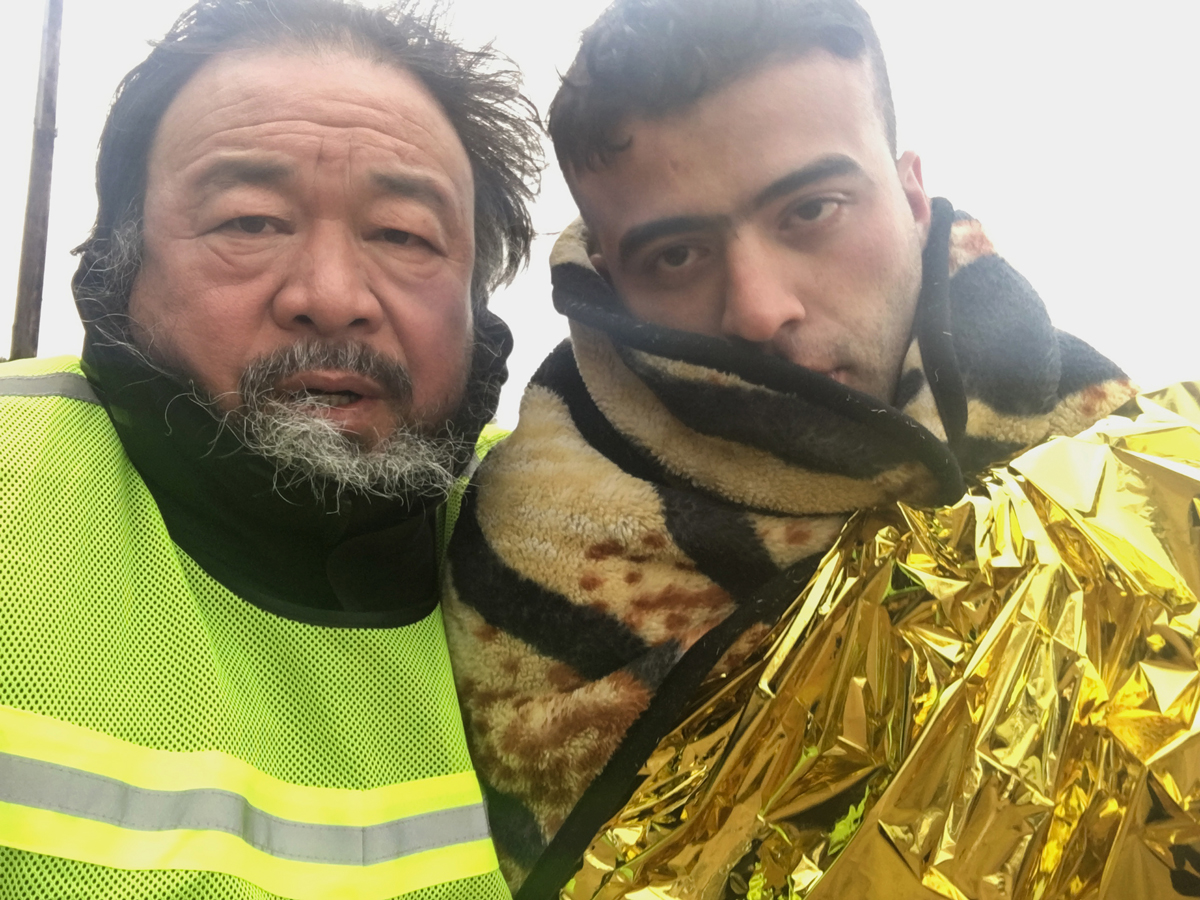

Human Flow ของ Ai Weiwei จัดเป็นสารคดีที่ว่าด้วยวิกฤตผู้ลี้ภัยที่ทะเยอทะยานมากที่สุดเรื่องหนึ่ง เพราะในขณะที่สารคดีในประเด็นเดียวกันเรื่องอื่นๆ มีวิธีการที่แตกต่างและเล็กกว่าในการเข้าหาประเด็นผู้ลี้ภัย โดยอาจเลือกติดตามผู้ลี้ภัยหนึ่งกลุ่มหรือสำรวจค่ายหนึ่งค่าย แต่ Human Flow กลับมีการถ่ายทำค่ายผู้ลี้ภัยต่างๆ ถึง 23 ประเทศทั่วโลก (แต่ไม่ได้ปรากฏในเวอร์ชั่นสุดท้ายทุกที่) แม้หนังจะยาว 140 นาที แต่ก็ยังไม่สามารถรองรับเนื้อหาทั้งหมดที่ Ai Weiwei ติดตามมาได้ ดาบสองคมที่ตามมากับความมหึมาของเนื้อหาคือความเทอะทะของโครงสร้าง ในแง่หนึ่ง หนังพยายามเล่าเรื่องหลายอย่าง จับประเด็นหลายสิ่ง พยายามพาคนดูไปให้เห็นมากที่สุด แต่กลับไม่สามารถลงลึกกับประเด็นบางประเด็นได้มากพอ เราเห็นผู้ลี้ภัยซีเรียแต่เราไม่เข้าใจวิกฤตภายในประเทศที่ผลักดันให้พวกเขามาอยู่ตรงนี้
ในหนังมีซีนหนึ่งที่สัมภาษณ์เจ้าหน้าที่ค่ายผู้ลี้ภัยที่เยอรมนี เจ้าหน้าที่หญิงคนนั้นกล่าวว่า “ที่นี่เราไม่ได้แค่ให้อาหาร ให้ที่พักกับผู้ลี้ภัย สิ่งที่สำคัญที่สุดคือทำให้เขาเป็นมนุษย์ ไม่ใช่คนหนึ่งในล้านคนที่เข้ามาในยุโรป” ความน่าสนใจคือตัวคำพูดของเธอที่ว่ามันไม่ได้ พูดถึงแค่ตัวผู้ลี้ภัยที่อยู่ในค่าย แต่มันสะท้อนไปถึงตัวหนังเองทั้งเรื่องได้เลย สารคดีมุ่งจับภาพใหญ่ของวิกฤตจนทำให้ซับเจกต์ของเรื่องมีแต่ภาพแวบแรกของผู้ลี้ภัย แต่หนัง ไม่เคยให้เวลาเราจนเห็นมนุษย์จริงๆ จังๆ เราเห็นแต่ “เกลียวคลื่น” ในภาพกว้าง แต่ไม่เคยเห็น “น้ำ” จริงๆ ในโคลสอัพ
แต่นี่ก็อาจเป็นข้อดีและจุดแข็งของหนังเอง (แบบไม่ตั้งใจ?) เพราะเวลาที่เราคาดหวังให้สื่อภาพยนตร์คืนความเป็นมนุษย์ให้กับผู้ลี้ภัยบนจอ เราจินตนาการ “ความเป็นมนุษย์” ได้กี่แบบเชียว? โดยมากสารคดีทำนองนี้จะใช้การสัมภาษณ์ผู้ลี้ภัย โดยให้แต่ละคนเล่าว่าก่อนมาเข้าค่ายเป็นอะไรมาก่อน เป็นลูกเป็นหลานเป็นพ่อเป็นแม่ใคร แต่การเพียงแค่เติมเครือข่ายครอบครัวให้ผู้ลี้ภัยเองก็ไม่น่าจะใช่การทำให้เขาเป็นมนุษย์ การสร้างความเป็นมนุษย์แบบนี้มันจำกัดจำเขี่ยมากจนสุดท้ายแล้วเราก็ได้มนุษย์สูตรๆ ที่เป็นเหมือนผักชีโรยหน้าให้เราสบายใจเองว่ามีมนุษย์อยู่ในหนังเฉยๆ และการไปโฟกัสกับภาวะ ‘ก่อน’ เป็นผู้ลี้ภัย ทำให้เราหลงลืมว่าผู้ลี้ภัยบางคนก็ไม่เคยมีชีวิต ‘ก่อน’ มาเป็นผู้ลี้ภัย
Human Flow แสดงให้เห็นความยิ่งใหญ่ทั้งเงินทุนและความทะเยอทะยานของตัว Ai Weiwei เอง จะมีคนทำหนังสักกี่คนถ่ายทำสารคดีประเด็นนี้ในหลากหลายประเทศ สามารถเข้าถึงแหล่งข้อมูลต่างๆ ได้เท่านี้ คนมักจะตำหนิความแบนในภาพยนตร์ และยกย่องความลึกซึ้ง แต่เราอาจหลงลืมไปว่าความกว้างก็มีข้อดีของมัน Human Flow อาจไม่ใช่หนังดีที่ลึก แต่มันกว้าง
TEXT : RATCHAPOOM BOONBUNCHACHOKE
PHOTO COURTESY OF AMAZON STUDIOS
humanflow.com

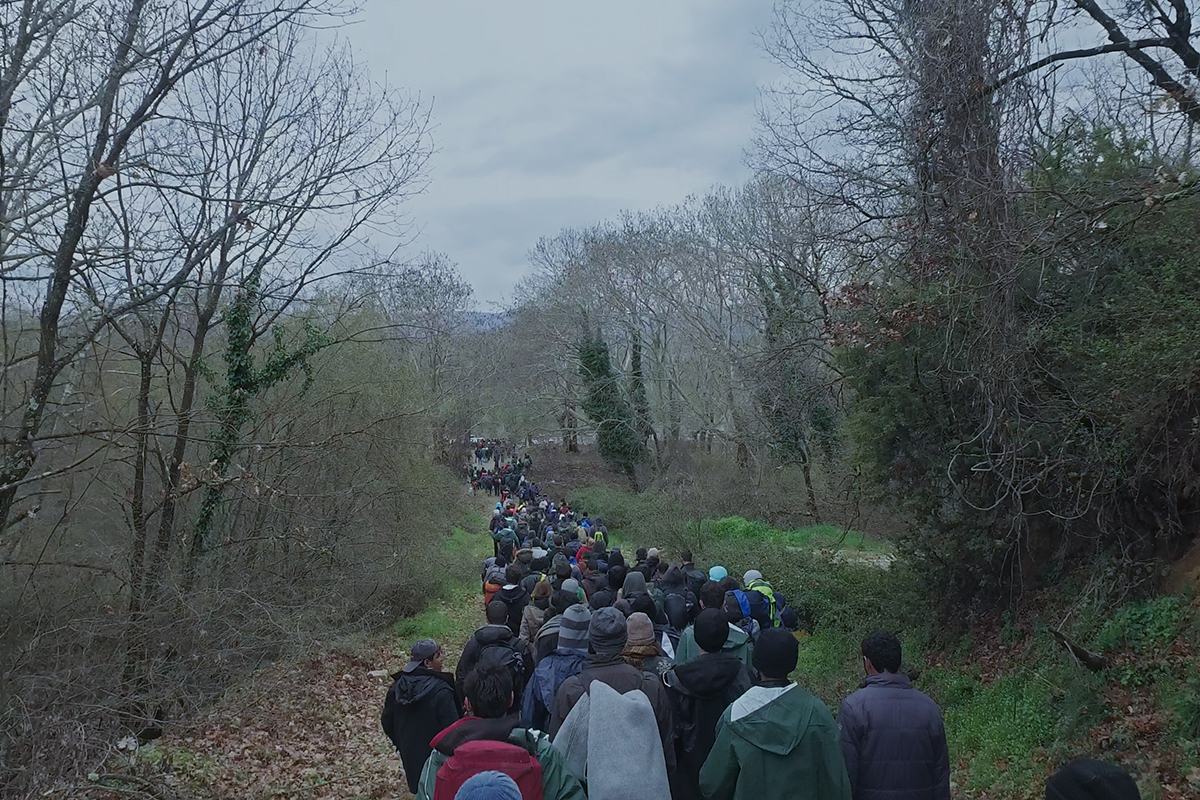

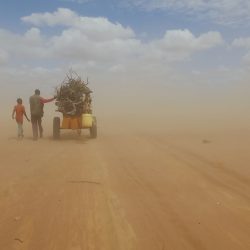
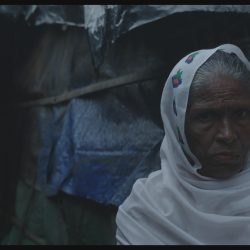
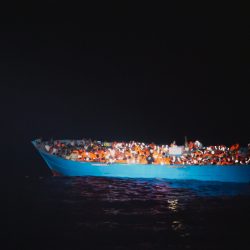


1 Comment